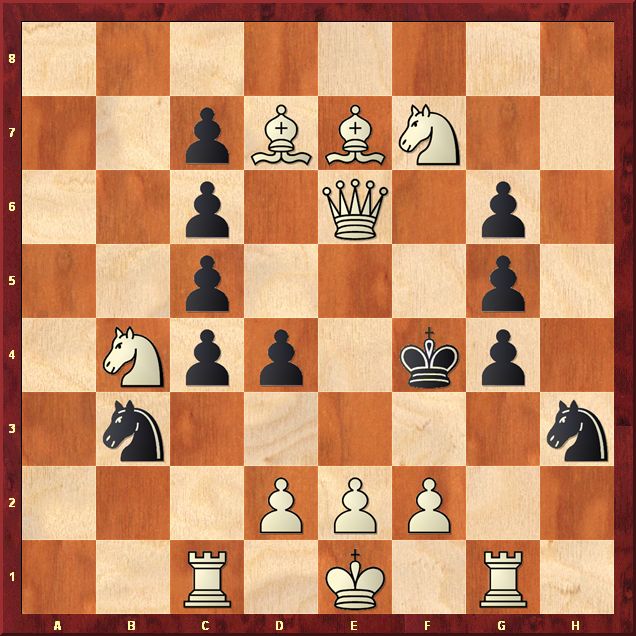King Tut in Chess Puzzles

King Tutankhamun, or simply King Tut, is the most famous Egyptian pharaoh. He was called the boy-king since he was only nine-years-old when his 10-year reign began in 1,333 B.C. He died at the age of 19 and his tomb, undisturbed for 3,245 years, was well-preserved when it was discovered in 1922 by Howard Carter. King Tut's golden burial mask became the symbol of ancient Egypt. But how did he make it into chess?
Protecting a king is vital in every chess game and pawns are best suited to do the job. When the pawns surround the king in chess problems and studies, we see some beautiful and astonishing creations. Entombing the king became a popular theme among chess composers, until things got out of hand after some of them insisted on burying the king inside a sarcophagus of eight pawns. It invoked memories of King Tut and his tomb.
We present two puzzles on this theme with the following conditions:
1. White mates in specified number of moves.
2. All eight black pawns should surround the black king. Not a single black pawn can be taken.
3. Only the white king and knight should remain on the board at the end. White has to get rid of all his other pieces.
Puzzle 1

White mates in eight moves
The next puzzle is more elaborate and the solution is much longer.
Puzzle 2

White mates in 17 moves.
Good luck! The solutions will appear next week.
No comments:
Post a Comment